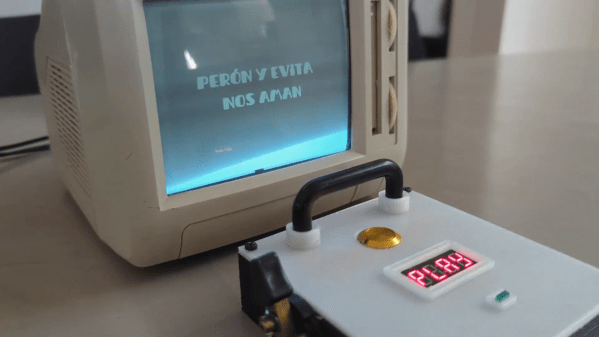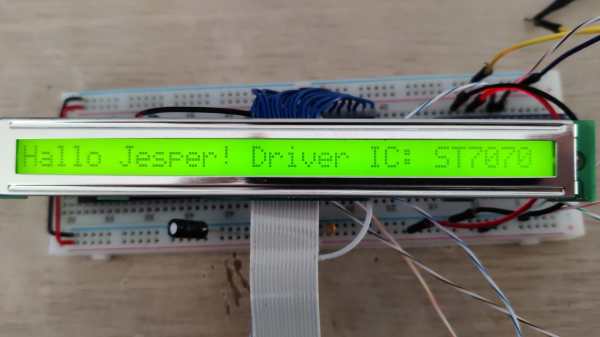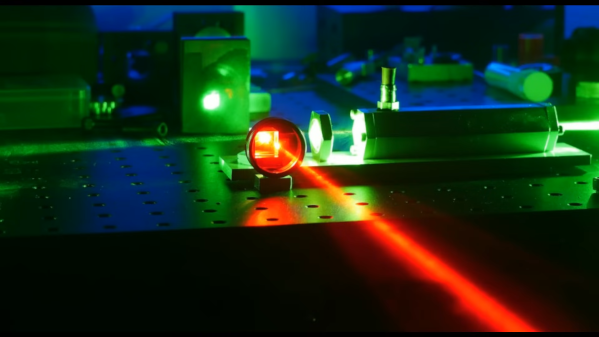If you’ve got a so-called uninterruptible power supply (UPS) on your system, you’re probably painfully aware that the “uninterruptible” part has some pretty serious limits. Most consumer units are designed to provide power during a black out only long enough to gracefully shut down your system. But with a few hacks like these, you can stretch that time out and turn it into a long-endurance UPS.
As many good stories do, this one starts in the trash, where [MetaphysicalEngineer] spotted an APC home office-style UPS. It was clearly labeled “broken,” but that just turned out to be a dead battery. While he could have simply replaced it with a 12-volt sealed lead-acid battery, [Meta] knew that his computer setup would quickly deplete the standard battery. A little testing showed him that a car battery would extend the run time significantly, especially if he threw in some extra cooling for the onboard inverter.
His final design uses a marine deep-cycle battery in a plastic battery box with the UPS mounted on top. The vacated battery compartment made a great place to add a cooling fan, along with a clever circuit to turn it on only when the beeper on the UPS sounds, with a bonus volume control for the annoying sound. He also added accessories to the battery box top, including a voltmeter, a USB charger, and a switched 12-volt power outlet. And kudos for the liberal use of fuses in the build; things could get spicy otherwise. The video below shows the entire build along with all the testing. [MetaphysicalEngineer] managed to triple the estimated runtime for the load he’s trying to power, so it seems like a win to us.
If your needs run more toward keeping your networking gear running through a blackout, you might want to check out this inverter-less DC UPS.
Continue reading “Mods Turn Junk UPS Into A Long-Endurance Beast”


















